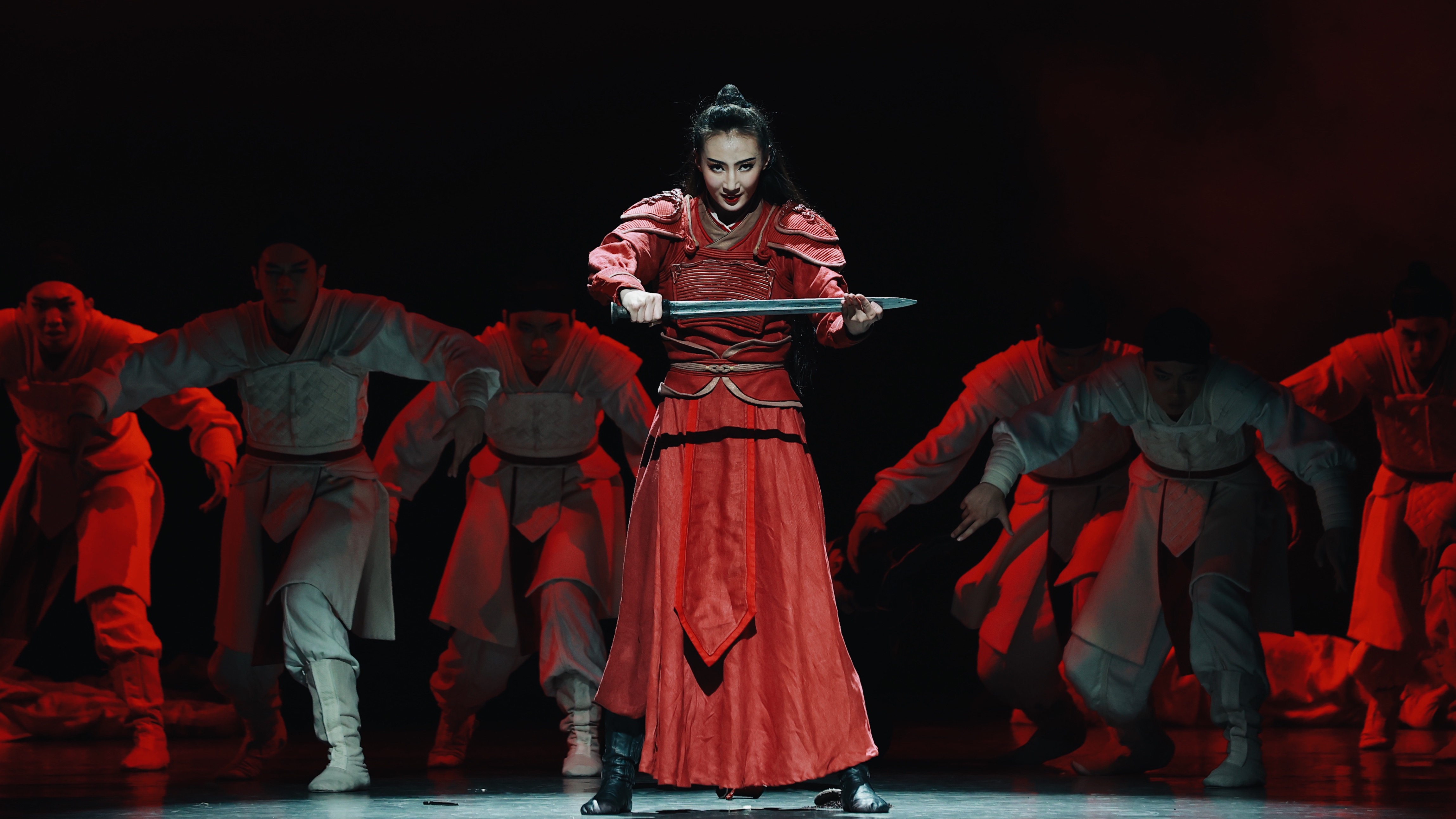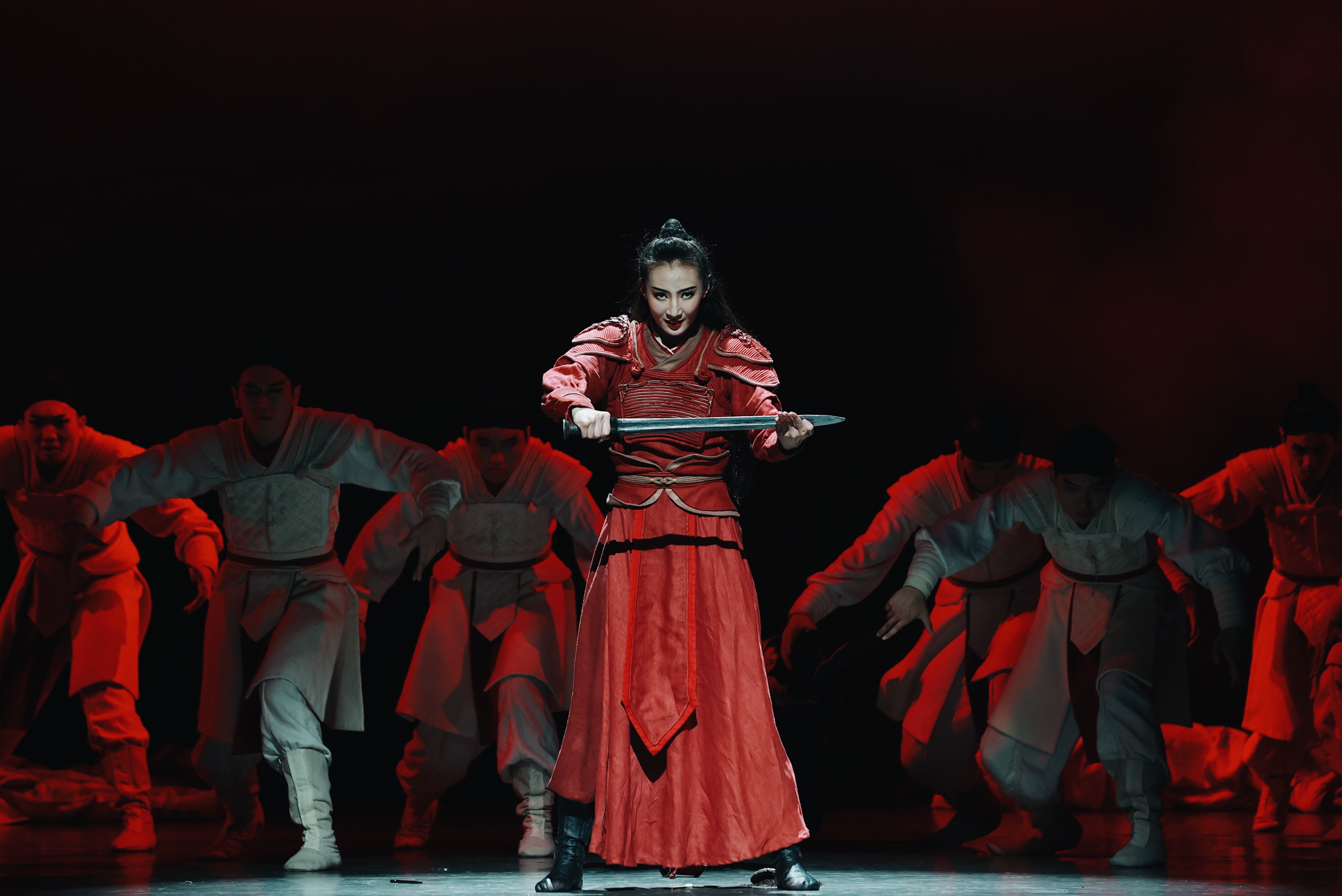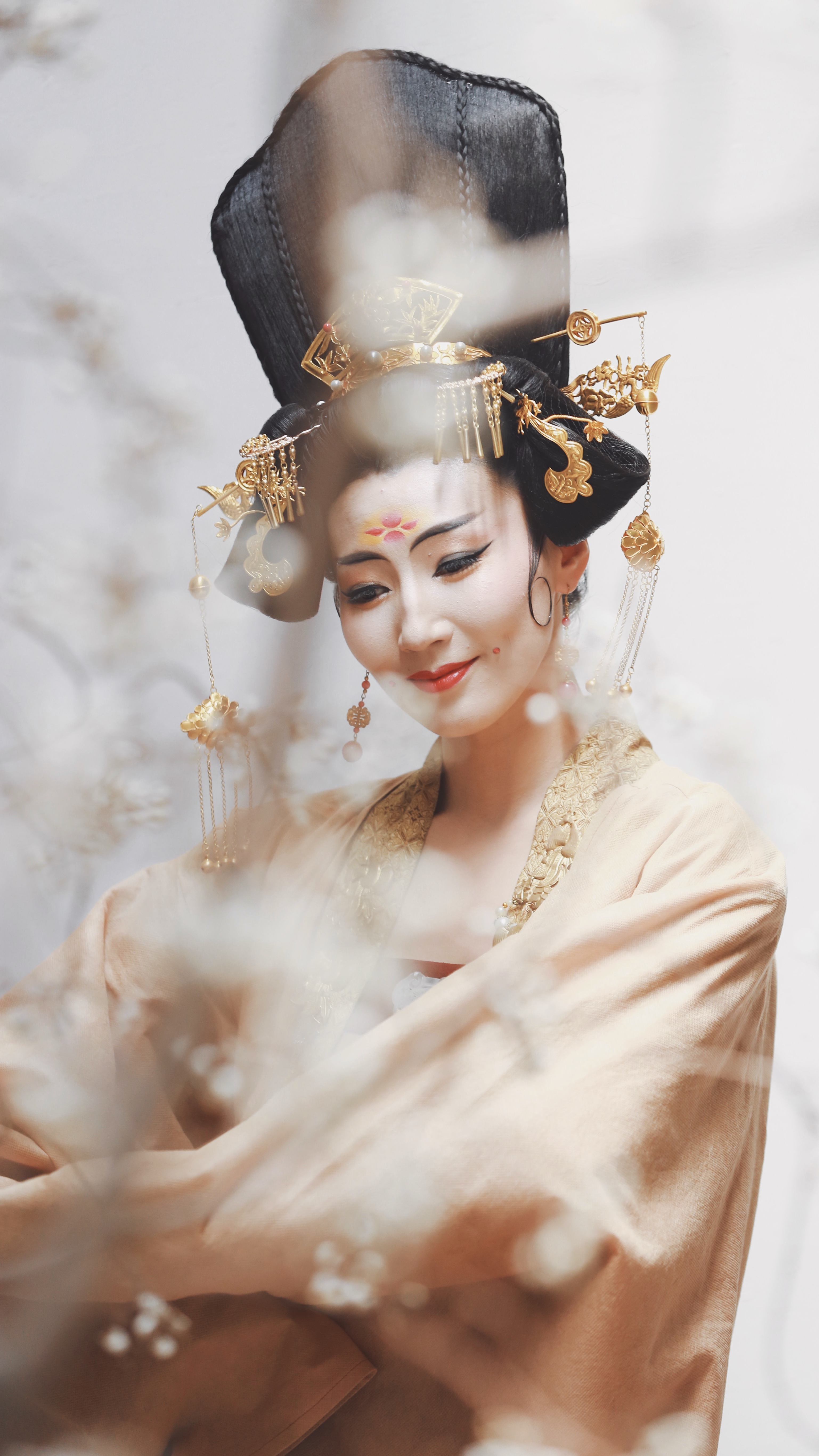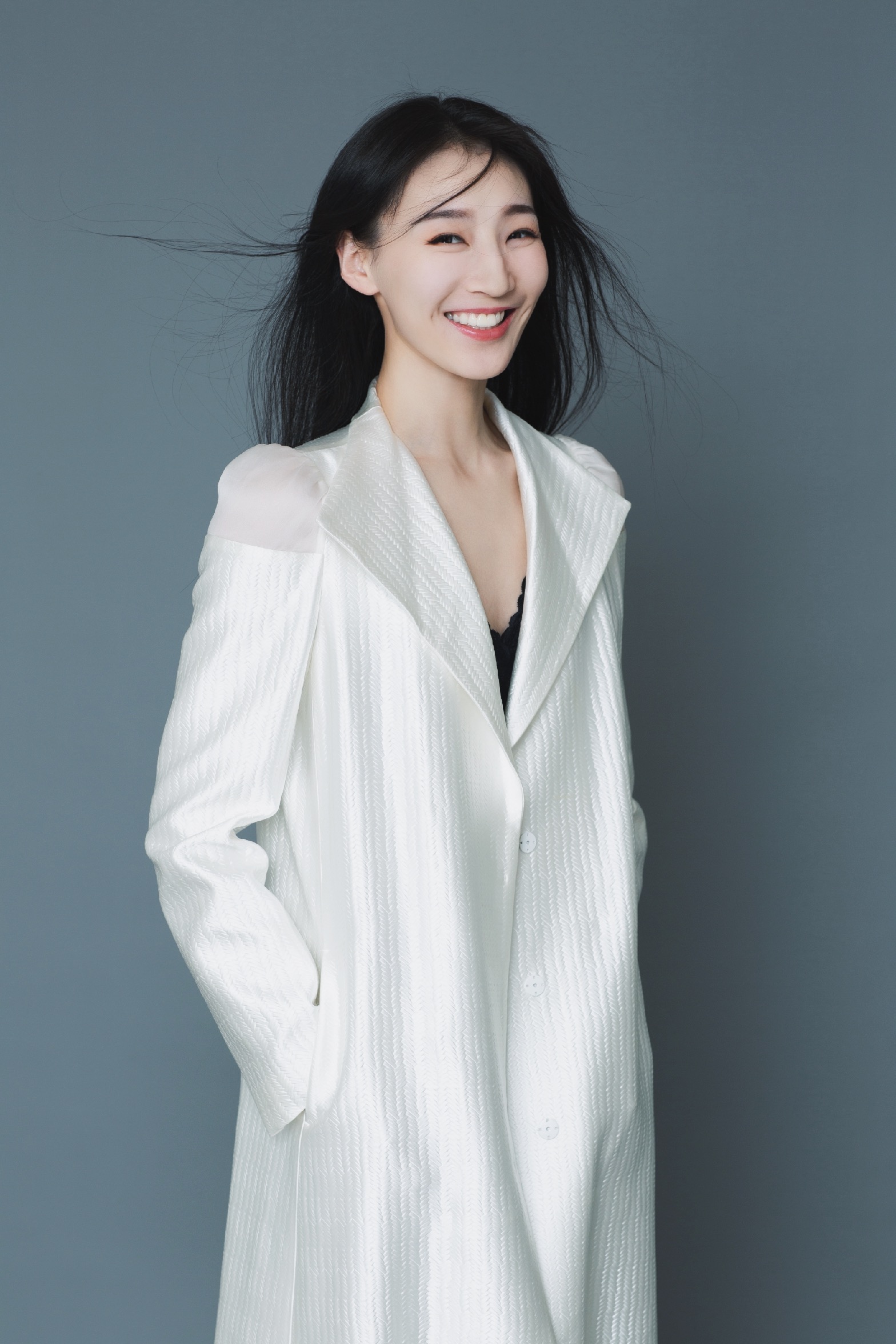She is known for playing the valiant and heroic warrior “Hua Mulan” as well as the laid-back concubine Yang in the dance drama “Du Fu.” Her name is Hao Ruoqi - one of China's most popular female dancers of the post-90s generation. The 30-year-old is a member of the China National Opera and Dance Drama Theater.
10:48

In 2017, Hao Ruoqi starred in the lead role of the historical dance drama named after the legendary female Chinese warrior Hua Mulan.
“The spirit of Mulan exists in everyone’s mind. From ancient times to the present, the image of this legendary heroine has been widely circulated, conveying the power of women. I am fortunate to be able to spread the energy of Mulan through dance. I think Mulan was not only a strong person, but also a woman who was capable of great love, wisdom and the ability to embrace everything. Maybe we share similar sentiments about life in the military, which I also have experience of,” Hao said.
She said the initial rehearsals for “Mulan” did not go very smoothly. However, Hao pushed her limits when approaching the character.
She described taking the role as a learning experience and a great challenge.
“During rehearsals, I cried every night when I returned to the hotel, just to release the pressure. At that time, I thought to myself that never again in my life would I want to dance after ‘Mulan,’” she said.
“I was under a lot of pressure, but I grew up during that period, which took quite some time. I thought that even if my appearance was up to scratch, I still needed to portray every aspect of Mulan’s character very carefully” in order to resonate with the audience, she added.

Hao Ruoqi stars in the dance drama “Mulan.” /Xu Nan
Hao Ruoqi stars in the dance drama “Mulan.” /Xu Nan
Hao Ruoqi said the action scenes were especially difficult.
“We hired professional martial arts instructors, from whom I learned Chinese boxing routines. I had one fight scene with my partner, who played the character of a general, which lasted almost five minutes. That was particularly exhausting,” she said.
“It was carefully choreographed with fighting moves, and we rehearsed it thoroughly as it was quite tough to integrate the dancing with martial arts. We tried to present the authentic charm of Chinese martial arts using swords and spears,” Hao said.
“This was difficult because dancing is a graceful and beautiful art while martial arts prioritize speed and core strength. As female dancers tend to be physically weaker than our male counterparts, we struggled sometimes to deliver fast and accurate punches while maintaining our elegant dance moves. I remember my body was covered in bruises,” she added.
The production won the prestigious China Lotus Award and has received accolades from audiences across the nation, having been performed on stage almost 100 times.
Hao said the stage design was also cutting-edge, incorporating modern devices like various revolving platforms. The story also intertwined several plots from different time periods and localities.
“The revolving platforms help make audiences feel like they are in a film. It gives them a much more immersive experience. So, it is actually very exciting to perform,” she said.
She soon lights up when talking about the feedback from audiences abroad.
“Our dance drama was broadcast virtually at an arts festival in Mexico. I think the subject of Mulan is very international. Disney has a film of the same name. So, Mulan is really a household name. And our dance drama has received an enthusiastic response,” said Hao.
“Promotional posters for the show appeared on the sides of buses and taxis in Mexico. And when we toured around China, many foreign audience members stayed behind after the shows to get our autographs. I got the sense they really understood the story, and that the character of Mulan resonated with them. I felt very honored to portray her through dance.”
Despite some concerns from other cast members due to her physical injuries, Hao persevered and put on her best show.
“I have some old injuries ... so I was quite scared at first. I couldn’t even move parts of my body at one point, due to all the aches and pains, and I was afraid I wouldn’t even make it onto the stage,” she recalled, on the sidelines of one performance in Beijing.
“On top of that, I know many people had come specifically to see me, and my interpretation of the character. I was worried I might let them down, because I wasn’t sure that I’d be able to give my best,” she added.
“Most of the dancers, including myself, worked so hard for so long just to put on a perfect show – even if just for a few minutes. We certainly felt a lot of pressure to perform well,” she noted.
“Just now I was praying at the side of the stage and trying to get myself in character,” Hao said, after wrapping up her performance. “I reminded myself that I was playing the mighty Mulan, and her spirit and strength supported me. Although I have been performing this role for many years, her boundless energy continues to inspire me.”
In 2016, Hao performed the lead role of Yang Guifei in the dance drama “Du Fu,” named after the famous Chinese poet from the Tang Dynasty (618-907). Yang was the beloved consort of the Emperor Xuanzong.
Hao’s performance breathed new life into this classic tale, which has been trending online for years, gathering a billion views on social media.

Hao Ruoqi performs in the dance drama “Du Fu.” /Xu Nan
Hao Ruoqi performs in the dance drama “Du Fu.” /Xu Nan
Hao recalled one of Du Fu’s poems entitled “Satire on Fair Ladies,” which features the line, “There are many beautiful ladies by the water in Chang’an.”
“That poem is a portrait of life during the Tang Dynasty, but the choreography we did to portray it incorporated some modern elements. This is especially true for the court dances from the Han and Tang dynasties, which add something new.”
Hao said she took a more experimental approach to presenting the life of a court lady by focusing more on the character’s inner world.
“I wasn’t just playing a traditional lady of the court, but also a person full of beauty and charm who may have had profound thoughts of her own,” she recalled.
“I practiced my dance moves every day but also spared no effort to approach the character’s inner world. I worked really hard. Some seemingly simple moves like standing up or looking over my shoulder were actually very well-rehearsed. I polished a lot of details, such as my eyes flickering up and down,” she said.
“In a way I felt I was transcending dancing, and focusing more on how to expressively bring the character to life. I wanted to paint a rich and lively image of a court lady for our audiences to enjoy. So behind this beautiful and classical work there’s a lot of sweat, tears and toil.”

Hao Ruoqi poses for a photo. /Beijing Lao Zhao
Hao Ruoqi poses for a photo. /Beijing Lao Zhao
Hao’s talent may have been widely recognized, but she’s not resting on her laurels just yet.
“This job is very challenging because it requires a bit of luck and a lot of persistence. Reflecting on my career, I’ve gone through so many difficulties, but I think I’m fortunate that all of my hard work has paid off,” she said.
“I will keep moving forward with my career as a dancer. I hope I can tell more stories of famous figures from Chinese history through the power of dance,” she added. “I’m proud to be able to contribute to promoting traditional Chinese culture. And I’m not done yet.”